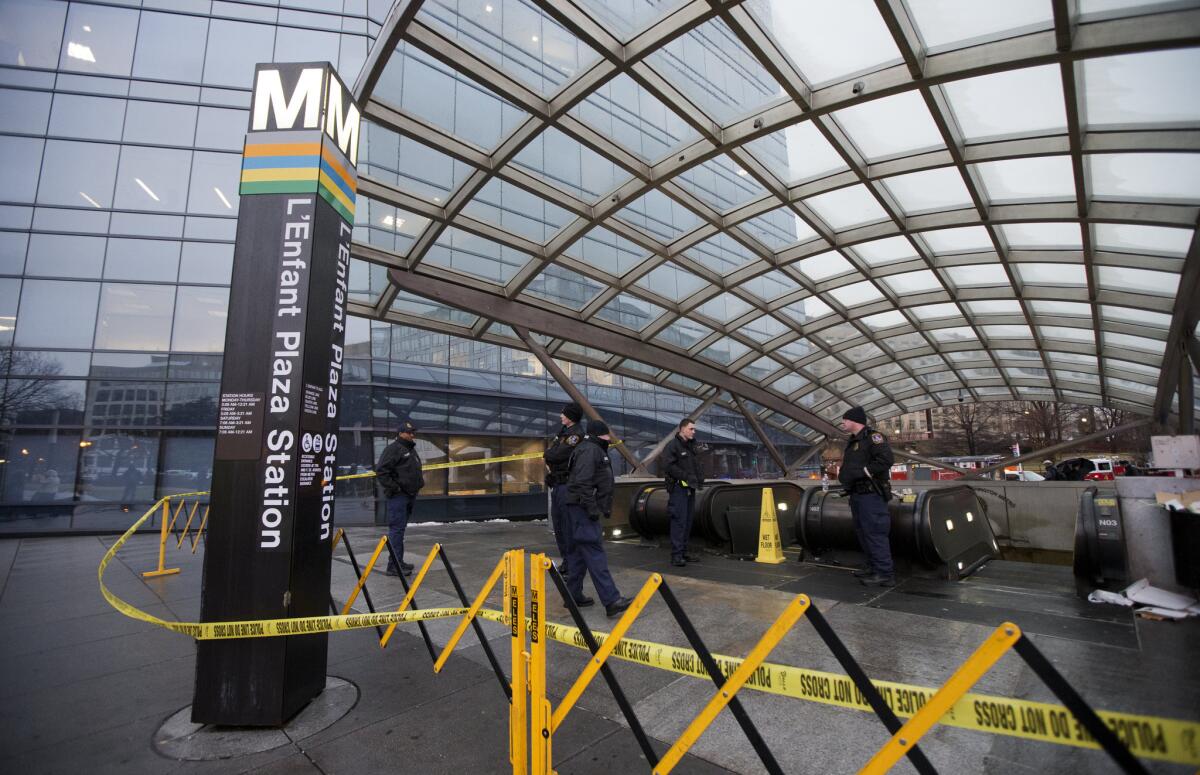After deadly D.C. Metro smoke incident, nationwide audit recommended

After a D.C. Metro smoke incident led to the death of one woman and the hospitalization of dozens last month, a nationwide audit of transit agencies could be coming if the National Transportation Safety Board gets its way.
The NTSB recommended Wednesday that the Federal Transit Administration conduct a nationwide audit of the state of tunnel ventilation systems, written emergency procedures for fire and smoke events and training on the procedures.
In the incident last month in Washington, smoke filled a train stopped in a tunnel and affected another train stopped on a platform. An electrical breaker at one end of the electric third rail was tripped, causing “severe electrical arcing damage” to the rail and cables inside the tunnel, according to the preliminary report.
The NTSB investigation found that WMATA doesn’t have the means to determine the exact location of a source of smoke in its tunnel network, has no written ventilation procedures for smoke and fire events in the tunnel and the ventilation implemented during the accident wasn’t consistent with best practices.
The NTSB is now recommending WMATA assess its subway tunnel ventilation system, develop and implement detailed written tunnel ventilation procedures and incorporate the use of the procedures into ongoing training programs.
“Procedures for ventilation of smoke in emergencies can be critical, but they vary across systems, and in some systems are inadequate - as we have found in the present WMATA investigation,” said NTSB Acting Chairman Christopher A. Hart. “Although the investigation is ongoing, WMATA should immediately address these issues to prevent any chance of a recurrence, and other systems should be audited for similar problems.”
In a preliminary report of the D.C. Metro incident, the NTSB found that officials didn’t shut off power to the subway’s electric third rail until 44 minutes after heavy smoke was reported from one of its tunnels.
More to Read
Start your day right
Sign up for Essential California for news, features and recommendations from the L.A. Times and beyond in your inbox six days a week.
You may occasionally receive promotional content from the Los Angeles Times.







